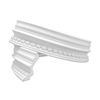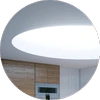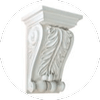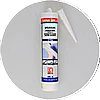2020-09-30
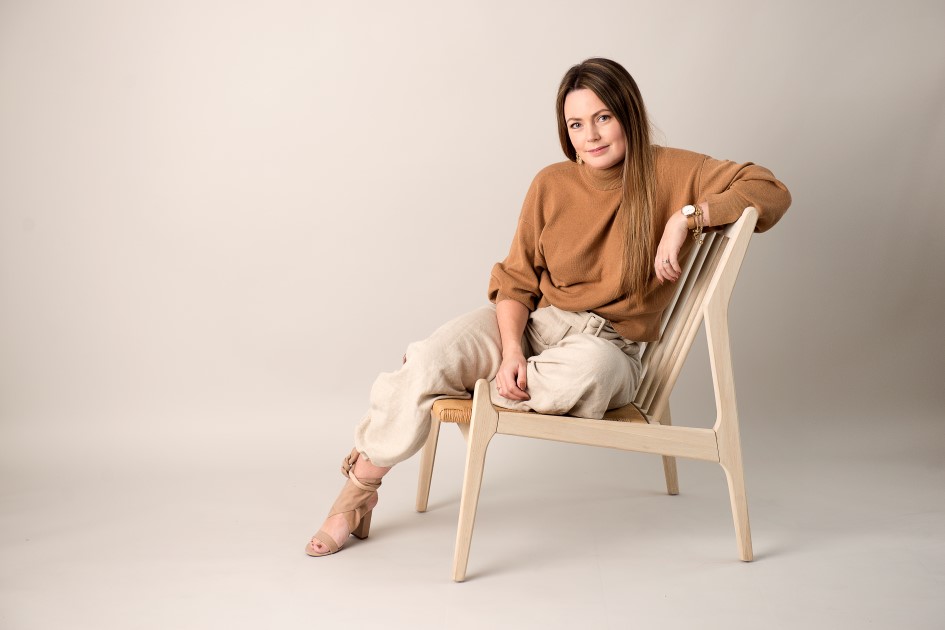
Name: Jennie Florentz
Family: Husband, two children and a third on the way!
Lives in: Söderköping, Sweden
Age: 28 years
Occupation: Interior designer
Jennie Florentz is an interior designer and she offers two really good DIY tips for a home fixer who wants to easily transform a worn cabinet or a regular toy furniture from IKEA, but first we let Jennie tell about her profession.
Working as an interior designer is fantastically fun, as it always means creativity and tailor-made solutions when each customer and its needs are unique! I work for Noma Design, where we take on both large and small assignments in all types of environments: public as well as private. It can be anything from decorating an office, new construction, renovation projects, or simply help the customer get the red thread together.
As an interior designer, Jennie cannot, of course, refrain from also taking on projects even within her own home.
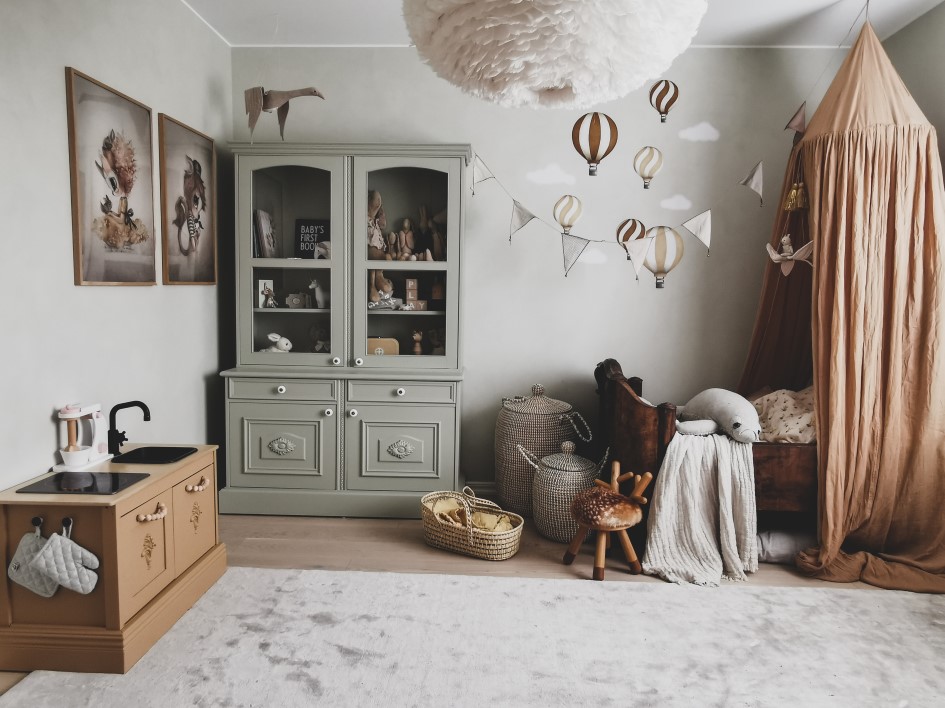
I love changing my children's rooms in particular, where the imagination can flow completely unlimited! Rebuilding an existing piece of furniture or maybe one you bought at a flea market or Ikea can change the feeling completely in a room. It does not have to be necessarily costly, good for the environment, and you also get a completely unique and personal furniture!
The toy kitchen


The toy kitchen CLEVER from Ikea has had many different shapes at our house: everything from plain modern in grey with leather handles to the latest variant inspired by the turn of the century and reuse. This time I wanted to make a variant that could fit with my daughter's antique imperial bed and a cupboard I bargain-hunted in a second-hand store.
Here's how to do
- If new, install the kitchen according to the instructions. I chose not to use the upper part this time, but of course you do it the way you want. Wait to install the worktop and all the details in plastic.
- Wash the furniture with paint wash and lightly roughen the surface with a sandpaper. This is to make the paint attach in the best way. Wipe all grinding dust thoroughly!
- Mount a floor plinth along the lower part like a skirt. I have chosen a 120 mm high allmoge list, which was perfect at the height of double furniture paws in felt under the feet of the kitchen. Gera corners at 45 degrees and fastened with ordinary super glue. Use latex joint if there are any gaps between the joints.
- On the short sides, I then glued a smaller quartz rod to cover the gap between the kitchen and the upper edge of the plinth.
- Prime the entire furniture with a base paint. I also painted the plastic cover on both sides. Use a brush where you can't access with a small roller. I use a foam roller for a complete smooth result. Follow the instructions on the jar.
- Decorate the furniture with ornaments or strips to get an older and more rural style of the kitchen. Measure where you want to place your ornaments. I chose ornaments A113 from D-cor to place them in the middle of the cabinet doors. Glue them with super glue.
- Then paint the kitchen with varnish/carpentry paint in the desired color in 2-3 ironings (as with the base paint). Watch out for running, and grind them off between the layers of paint in case of a run. I have chosen a pure matt color such as NCS S 3020-Y30R.
- If desired, the plastic parts can be painted with spray paint. I've used a matte black paint myself. Clean the plastic first, a regular hand sanitizer will be just fine! Once the paint has dried, you can mount them on the worktop.
- Replace the door knobs after your own fashion. You can either buy ready-made ones that are in the stores or make your own. I have used ordinary wooden balls that I have stepped on cotton ropes and attached with double knots to the inside of the door.
- If you do not wish to use the top of the kitchen, like I do, buds or hooks can be attached to one or both short sides. This allows you to hang utensils and the kitchen towel on! Or why not a stud on the wall!?
- Mount the worktop (and if desired, the upper part as well). I have used carpentry packs to fill the holes in the worktop where the top cabinet would otherwise have been.
- Ready to play!
The cabinet


The large cabinet is an old vitrine that I found on Marketplace for just SEK 250. My husband thought I was crazy to buy an old, scruffy cabinet. He wondered what we were going to do with it. However, I myself wanted to refurbish it considerably and use it for a place for storing toys and books!
This is how you do it:
- Remove fittings and details which are not going to be used later. I removed the old glass shelves and the cracks on the glass shutters because they could not be painted on both sides.
- Wash the furniture with paint wash, and grind off varnish with a sandpaper. A grinder is preferably used to such a large piece of furniture! Wipe all grinding dust thoroughly. Use a carpentry gasket to repair any damage.
- Base the furniture with base color with one brush. Use a brush where you can't access with a small roller. I use a foam roller for a whole smooth result. Follow the instructions on the jar.
- Do not hesitate to decorate the furniture with ornaments or moldings to get a classic and beautiful look on an otherwise boring piece of furniture. I chose to place the ornament Z511 from D-cor which I placed in the middle of the lower hatches because I thought something was missing right there! I attached these with regular super glue. Well invested SEK 68; the ornament lifted the furniture significantly!
- Then paint the entire furniture with varnish/carpentry paint in 2-3 brushes in the desired color (as with the base color). I chose a pure matt carpentry paint in the color NCS S 3005-G80Y.
- I also bought new pinewood shelves from the construction trade that was cut in the right dimensions and painted in the same color.
- Replace the fittings if desired. I chose a neater knob in porcelain and antique brass.
- You probably need to wrap the boxes with new fabric. My boxes had a base of green blanket that couldn't be removed. I used a durable furniture fabric in beige linen that I glued to the bottom with textile glue. Next, I covered the fabric edges with a small quarter rod that I glued to with super glue.
- Done!
Thank you Jennie for two super tips! If you wish to see more of Jennie and her beautiful home, then follow @nordicgrey on Instagram. If you want to hire Jennie, please send a request to [email protected].

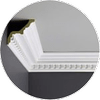


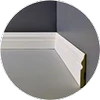
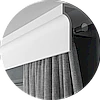

.png)






